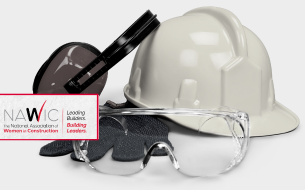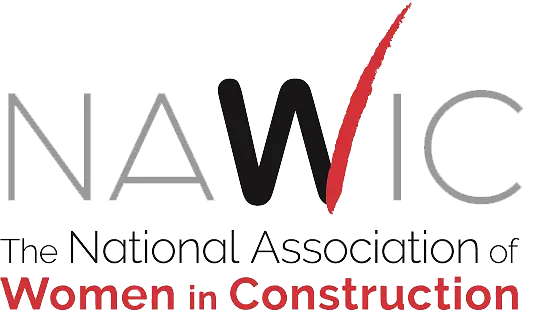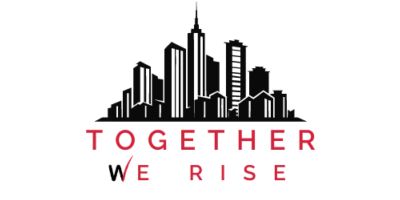Improving How Female Construction Workers Stay Safe

There is no doubt that construction is dangerous work. In the US, 1,008 construction workers suffered fatal accidents and 169,200 were injured while on the job in 2021, according to the Bureau of Labor Statistics. In fact, the construction industry accounted for 21% of all work-related fatalities in that year. Better fitting PPE, especially for female construction workers, and building a culture of safety can make construction less dangerous.
PPE for female construction workers
PPE, or Personal Protective Equipment, include hard hats or helmets, gloves, safety goggles, a high visibility (hi-vis) vest, and steel-toed boots, and may also include fire resistant clothing, respirators, hearing protection, safety harnesses, and more. (Learn more about why the construction industry is turning to safety helmets versus hard hats.) Properly fitting protective equipment keeps workers safe, but ill-fitting PPE can increase the danger of injury and death by creating additional safety hazards.
With about 90% of the construction workforce male, PPE has typically been designed for the average-size man. This can create challenges for workers with smaller or larger frames, people with disabilities, and even those with different facial structures. The National Institute for Occupational Safety and Health (NIOSH) is working to improve equitable PPE through anthropometry, the science of the proportions of the human body.
According to the CDC (Centers for Disease Control and Prevention), “Examples of anthropometric measures used to design PPE include facial dimensions to design respirators and eye protection, chest circumference to design protective coats or coveralls, and foot length and breadth to design protective footwear. It is important that anthropometry databases and other information used to develop PPE are based on measurements that are representative of current working populations. In construction for example, the demographics of the U.S. construction industry are changing rapidly and currently consist of approximately 11 million workers with increasing percentages of Latinx workers and female workers.”
There is limited availability of PPE in a full-range of sizes to accommodate the needs of both women and men, and many employers simply aren’t aware of where to find more equitable PPE. CPWR The Center for Construction Research and Training offers this list of manufacturers to help female construction workers and their employers find better fitting PPE.
According to OSHA, female construction workers “should make a point to test employer provided PPE, and if the provided PPE is uncomfortable, or not suitable for the worker (e.g., improperly fitting or damaged from wear or defect) they should report this condition to their employer for a suitable replacement.” Remarkably, CPWR reports that OSHA Construction Standards for PPE currently do not require employers to ensure that the PPE provided fits each employee.
Building a culture of safety
Companies that emphasize a culture of safety, including better fitting employer provided PPE, can reduce on-the-job dangers, improving productivity and reducing costs, too. According to a 2020 Liberty Mutual report, the top 5 construction injury causes accounted for $7.87 billion in workers’ compensation. Some other ways that companies build a culture of safety are through training programs (such as proper use of PPE, fall prevention, ladder safety, power tool safety, and noise and hearing protection), maintaining and analyzing safety data for improvements, designating safety personnel, and encouraging workers to report hazards.
OSHA Safety and NAWIC
NAWIC helps female construction workers stay safe on the job through an alliance with OSHA. In addition to OSHA resources at nawic.org, NAWIC members have access to additional resources provided by the NAWIC Safety & Health Committee. NAWIC also offers an OSHA-10 certification program at the Annual Conference. This course is essential for newcomers to the industry and lays the groundwork for further safety training.
Want to know more about issues important to female construction workers?
NAWIC provides support, networking, mentorship, educational opportunities, and advocacy for all female construction workers. With more than 5,100 members in 118 chapters across the US, the National Association for Women in Construction is the leading organization for women in the industry. Reach out to a chapter near you to learn more.


